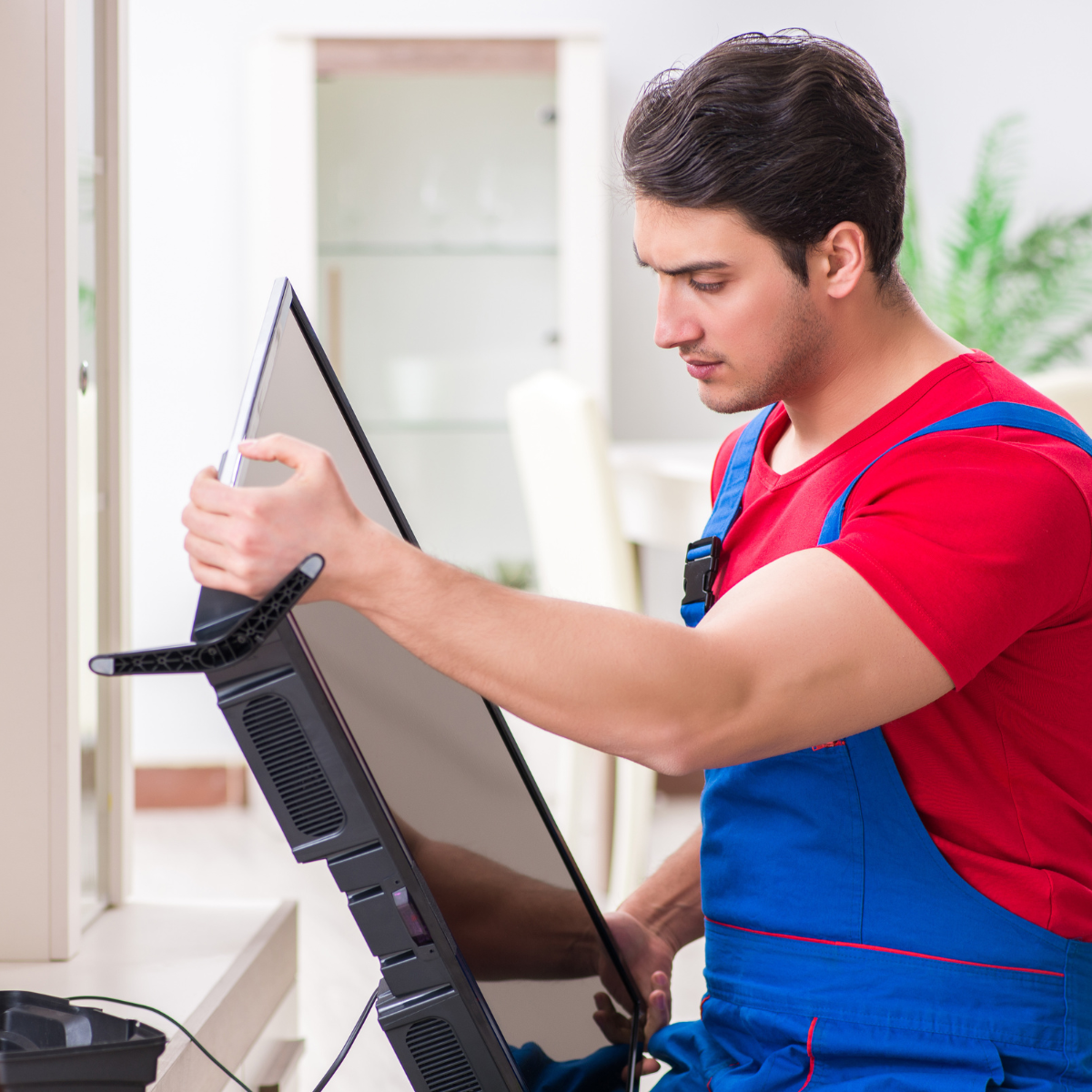Home appliances make life easier by performing daily tasks efficiently. However, when something goes wrong, it’s essential to determine whether it’s a simple fix you can handle yourself or whether professional repair services are required. Knowing how to inspect your appliances before calling a repair technician can save you time, money, and unnecessary service calls. In this article, we’ll discuss the key steps you can take to inspect your appliance and identify potential issues. Whether it’s a refrigerator, washing machine, or air conditioner, this guide will help you assess the problem and decide the best course of action.
Why Inspecting Appliances is Important
Before scheduling a repair, inspecting your appliance can help you identify minor problems that are easy to fix on your own. It also gives you a better understanding of what’s wrong with the appliance, which allows you to communicate more effectively with repair professionals. Having a basic understanding of appliance issues can prevent unnecessary calls for service, save you money, and expedite the repair process. Additionally, you might discover that the issue is something minor, such as a power supply issue or a simple blockage.
Step 1: Check Power and Connections
The first thing to check when your appliance stops working is the power source. It’s easy to overlook, but one of the most common causes of appliance failure is simply an unplugged cord or a tripped circuit breaker. Start by ensuring that the appliance is properly plugged in, and inspect the power cord for any visible damage, like fraying or cuts. If your appliance runs on gas, check to make sure the gas supply is turned on.

Next, inspect the circuit breaker or fuse box to see if the circuit has tripped. If the breaker has tripped, reset it and see if the appliance starts working again. If the circuit keeps tripping, there may be a more significant electrical issue, and you should call a professional.
Step 2: Listen for Unusual Sounds
Most appliances make some noise while running, but any unusual or loud sounds could indicate a problem. For instance, if your washing machine is making a banging sound or your refrigerator is emitting a high-pitched whine, these could be warning signs that something is wrong.
- Washing Machines: Check for unusual noises during the spin cycle, as this could indicate a worn-out bearing, unbalanced load, or something caught in the drum.
- Refrigerators: If your fridge is making buzzing or clicking noises, it may indicate a problem with the compressor or fan.
- Dishwashers: A loud grinding sound may point to issues with the motor or pump.
Pay attention to the specific type of sound your appliance is making, as this can provide valuable insight into the potential cause of the issue.
Step 3: Inspect for Leaks
Leaks are another common problem in home appliances. Whether it’s your dishwasher, washing machine, or refrigerator, water leaks can cause serious damage if not addressed quickly. If you notice water pooling around the base of the appliance, it’s important to inspect the hoses, pipes, and seals.
- Dishwashers and Washing Machines: Look for leaks in the hoses that carry water to and from the appliance. If the hoses are cracked or disconnected, you’ll need to replace or reconnect them.
- Refrigerators: Check the water line to your refrigerator’s ice maker or water dispenser for any signs of leaks. Also, inspect the door seals to ensure they are intact and creating a proper seal.
If you discover a leak but can’t identify the source, it’s best to call in a professional to fix the issue, as water damage can be costly to repair.
Step 4: Check Temperature Settings and Functions
If your appliance is still running but not performing as expected, checking its settings and functions can help you troubleshoot. For instance, if your refrigerator isn’t cooling properly, make sure the thermostat is set to the correct temperature. For most refrigerators, the optimal temperature is around 37°F (3°C).
In the case of ovens, washing machines, or air conditioners, check the temperature and settings as well. Many issues can be resolved by adjusting the settings, such as ensuring your air conditioner is set to cool mode instead of heat.
Step 5: Examine Filters and Vents
A common reason for appliance malfunctions, especially for air conditioners, dryers, and refrigerators, is clogged filters or blocked vents. These parts are essential for the proper functioning of the appliance, and when they get dirty, it can lead to poor performance.

- Air Conditioners: Check the air filter and vents for dust buildup. A clogged filter restricts airflow, causing the air conditioner to struggle and potentially overheat.
- Dryers: Clean the lint filter after every load. A clogged lint trap can cause the dryer to overheat or even start a fire.
- Refrigerators: Clean the condenser coils at the back or bottom of the fridge to ensure it’s operating efficiently.
By regularly cleaning filters and vents, you can improve the performance of your appliances and reduce the likelihood of needing repairs.
Step 6: Look for Signs of Wear and Tear
Over time, appliances experience wear and tear, which can affect their performance. While some signs of wear are normal, others can indicate a more serious issue that requires repair.
Inspect your appliance for any visible signs of damage, such as rust, cracks, or exposed wires. If you notice any issues, it may be time to call in a professional repair technician. Ignoring these signs can lead to more severe damage and potentially shorten the lifespan of your appliance.
Step 7: Test the Appliance’s Performance
Once you’ve conducted a thorough inspection, it’s time to test the appliance’s performance. For example, if your oven isn’t heating properly, try running a cycle to see if it reaches the desired temperature. If your washing machine isn’t draining, run a quick wash cycle and check for any issues.
Testing the appliance after making adjustments or repairs will help confirm whether the issue has been resolved or if further attention is needed. If the appliance still isn’t functioning properly, it’s time to call a repair technician.
Step 8: Know When to Call a Professional
While inspecting your appliance can help you identify minor issues, there are times when the problem requires professional repair. If you’re unable to resolve the issue on your own, or if the appliance shows signs of significant damage, it’s essential to call a certified technician. Professional repair services will provide an accurate diagnosis, use the right tools and parts, and ensure the appliance is fixed correctly.
Additionally, trying to repair an appliance on your own, especially if it involves electrical or gas components, can be dangerous. Always prioritize safety and call a professional when in doubt.
Conclusion
Inspecting your appliances before calling for repairs can save you both time and money. By checking the power source, listening for unusual sounds, inspecting for leaks, and cleaning filters, you can identify minor issues that may be easily fixed on your own. However, when in doubt, it’s always best to consult a professional repair service to ensure your appliance is safely and properly repaired. Regular inspections can extend the lifespan of your appliances, helping you avoid costly repairs or replacements down the road.

Leave a Reply